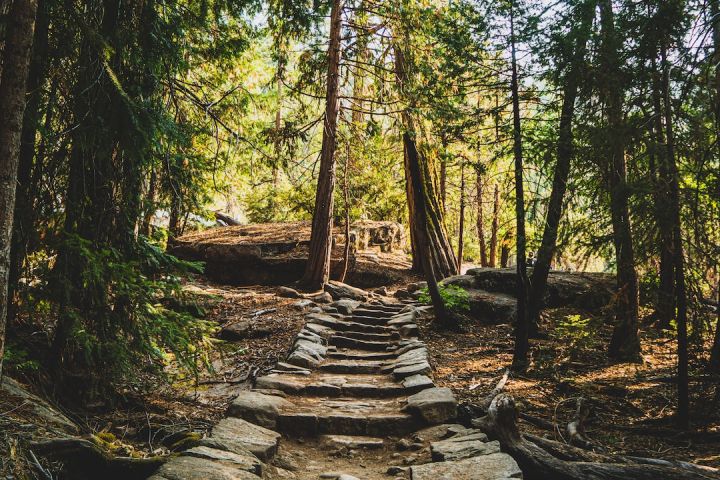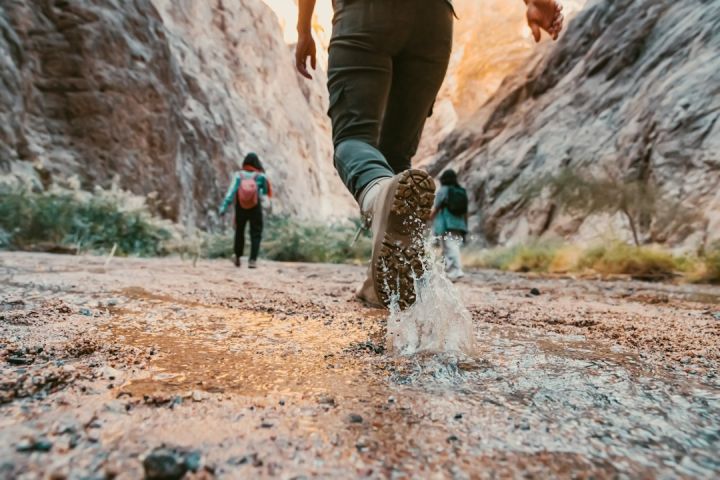What Are the Least Frequented Trails by Bears?
When it comes to hiking and exploring the great outdoors, encountering wildlife is often a thrilling experience. However, some encounters can be more dangerous than others. Bears, in particular, are known to be powerful and potentially hazardous creatures. For those who wish to minimize their chances of encountering a bear on the trail, it is essential to choose the right hiking routes. In this article, we will explore some of the least frequented trails by bears, ensuring a safer and more enjoyable hiking experience.
1. High Desert Trails
The high desert regions, such as those found in certain parts of Nevada and Utah, offer a unique and arid landscape that is less attractive to bears. With fewer water sources and a lack of dense vegetation, bears are less likely to roam these trails. Hikers can enjoy the stunning desert scenery and the solitude that comes with it, without the worry of encountering a bear.
2. Coastal Paths
Coastal trails, especially those situated on rugged and rocky shorelines, tend to be less frequented by bears. These trails offer breathtaking views of the ocean and are often more exposed, making them less appealing to bears who prefer the cover of dense forests. Exploring coastal paths not only provides a sense of tranquility but also reduces the chances of a bear encounter.
3. Alpine Hikes
Hiking in alpine environments, such as the Rocky Mountains or the Sierra Nevada, can be a fantastic way to escape the bear-populated areas. Bears tend to prefer lower elevations where food sources are more abundant, making alpine hikes a safer choice. However, it is important to note that while encounters may be less likely, it is still essential to take proper precautions and be prepared for any situation.
4. Deserted Islands
For those seeking a truly secluded and bear-free hiking experience, exploring deserted islands can be an excellent option. Islands such as the Channel Islands off the coast of California or the remote islands of Alaska offer pristine and untouched landscapes, far away from bear habitats. These trails provide a unique opportunity to explore untouched wilderness without the worry of bear encounters.
5. Trails with Frequent Human Activity
Bears are naturally wary of humans and tend to avoid areas with high human activity. Choosing trails that are popular among hikers, such as well-known national parks or heavily trafficked routes, significantly reduces the chances of encountering a bear. These trails are often well-maintained and offer a higher level of safety, thanks to the presence of park rangers and other hikers.
In conclusion, while encountering wildlife can be an exciting part of hiking, it is crucial to prioritize safety, especially when it comes to bears. By choosing the right trails, hikers can minimize their chances of encountering a bear, ensuring a safer and more enjoyable outdoor experience. Whether it’s exploring high desert regions, coastal paths, alpine hikes, deserted islands, or trails with frequent human activity, there are plenty of options available for those who wish to steer clear of bears while still enjoying the beauty of nature. So, lace up your hiking boots, pack your gear, and embark on an adventure knowing that you have chosen a trail that is less frequented by bears.






